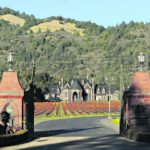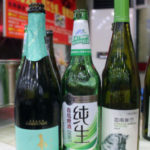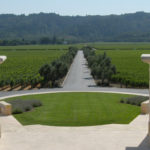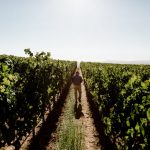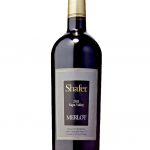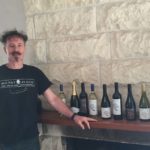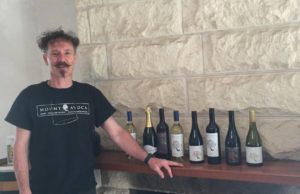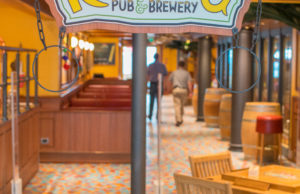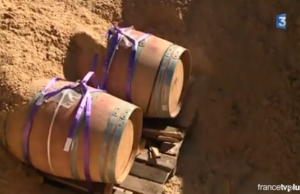Tech takes hold of one of wine’s oldest strongholds
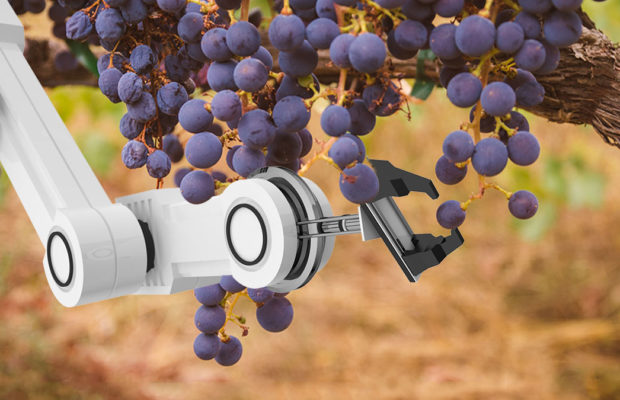
Iberian winemakers have tended vineyards by hand since before the Roman Empire. Today, traditional winemaking techniques still hold sway in the third largest wine producing nation in the world. But 2016 could be the year it all changes.
Even though less than 10 percent of Spanish wineries use advanced technologies now commonly seen in places like Australia and the United States, “there are many that have tried them this year,” says Fran Garcia Ruiz, director of agricultural data company AgroMapping.
Spanish wineries, which have more than 2.9 million acres of vineyards, have lagged behind counterparts elsewhere in adopting new technology. A lingering economic crisis is partly to blame, but mainly it’s because of a deep-rooted sense of tradition and not enough technology tools to make sense of the data.
“We’ve been making wine for 2,000 years,” Garcia Ruizsays. “Any winery in the Penedès can easily be more than 150 years old, and the weight of history lies heavy on us. This, along with a lack of analytical methods and data interpretation protocols, has made technology adoption slower than might have been hoped for.”
Garcia Ruiz also notes that Spanish growers have tended to have a more relaxed, paternalistic attitude to their crops than, say, vineyard owners in newer wine markets. “There’s a saying in Chile that every plant has to earn its place in the field,” he remarks. “That doesn’t happen so much in the Mediterranean.”
However, this season could be a tipping point for the use of new viniculture technology. Winemakers are now taking a keen interest in everything from data analytics to drones and robots. Garcia Ruiz says AgroMapping is getting record levels of interest for its data-driven agricultural services. The Barcelona-based company specializes in analyzing information about growing conditions and using it to help improve production.
Typically Garcia Ruiz and his team will perform data analyses on multispectral images taken from a satellite, airplane, or increasingly a drone, to detect areas where plants are stressed. This information can help wine growers take remedial action. The aim is not always simply to harvest more grapes, since overly healthy vines tend to produce poorer wines. Slightly more stressed plants, on the other hand, tend to produce smaller, more flavorful grapes that yields to better wine. Garcia Ruiz often advises clients on where they should begin thinning vines to achieve a higher-quality crops.
He says research by the Australian Commonwealth Scientific and Industrial Research Organisation has shown that using technology to optimize growing conditions can increase the value of yields by more than US $10,000 per hectare.
Technology can also help growers predict what sort of wine they are likely to get in a given season. This is an important factor in commercialization because it gives wineries important clues about how much wine to set aside for aging in a given year.
Image analysis is far from the only technological advance slowly taking a hold in Spain. This year, a team from the University of La Rioja unveiled its latest VineRobot prototype. The robot is designed to automatically travel around vineyards and take samples from plants, which are analyzed in real time.
The few wineries that have already started using high tech are touting those credentials as a way of standing out in the crowded Spanish wine market. One example is Pago de Carraovejas, a winery in the Ribera del Duero region, which made national headlines for its use of drones, handheld data collection.
Such innovations could soon become more common across Spain, bringing the country up to the level of high-tech wine growing markets such as Australia, Chile, and the United States.
Nevertheless, says Garcia, technology will never completely replace the artisan skills still needed in the wine industry. “Anything that is biological is difficult to modernize,” he says. “Things like big data will help, but you will always need an agronomist to keep an eye on the land. “I don’t ever see there being a vineyard that is 100 percent robotic.”

